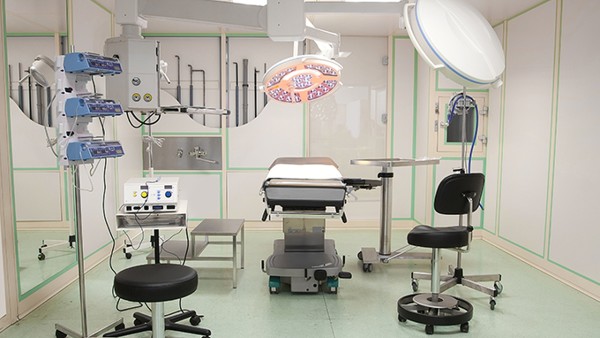How to Protect the Fetus in Threatened Premature Labor

What is threatened premature labor?
Threatened premature labor is a condition in which a woman has signs and symptoms of preterm labor, but the cervix has not yet started to dilate or efface. Preterm labor is defined as labor that begins before 37 weeks of gestation.
What are the signs and symptoms of threatened premature labor?
The signs and symptoms of threatened premature labor include:
Uterine contractions that are regular and painful, but not necessarily strong enough to cause dilation of the cervix
Backache
Pelvic pressure
Cramping
Diarrhea
Nausea
Vomiting
What are the causes of threatened premature labor?
The causes of threatened premature labor are not always known, but some risk factors include:
Multiple pregnancy
Previous preterm birth
Uterine abnormalities
Placental abruption
Preeclampsia
Eclampsia
Chorioamnionitis
Intrauterine growth restriction
Maternal infection
Maternal stress
Smoking
Alcohol use
Drug use
How is threatened premature labor diagnosed?
Threatened premature labor is diagnosed based on the woman's symptoms and a physical examination. The doctor will check the woman's cervix to see if it is dilated or effaced. If the cervix is not dilated or effaced, the woman will be diagnosed with threatened premature labor.
How is threatened premature labor treated?
The treatment for threatened premature labor depends on the severity of the woman's symptoms and the gestational age of the fetus. If the woman's symptoms are mild and the gestational age of the fetus is greater than 34 weeks, the doctor may recommend expectant management. Expectant management involves monitoring the woman's symptoms and the fetus's well-being. If the woman's symptoms worsen or the fetus's well-being is at risk, the doctor may recommend more aggressive treatment.
More aggressive treatment options for threatened premature labor include:
Hospitalization
Bed rest
Hydration
Tocolytics (medications to stop uterine contractions)
Antibiotics (if the woman has an infection)
Magnesium sulfate (to prevent seizures in women with preeclampsia or eclampsia)
Delivery of the baby (if the woman's symptoms are severe or the fetus's well-being is at risk)
How can I prevent threatened premature labor?
There is no sure way to prevent threatened premature labor, but there are some things you can do to reduce your risk, such as:
Get regular prenatal care. Prenatal care can help you identify and manage risk factors for preterm labor.
Avoid smoking, alcohol, and drugs. These substances can increase your risk of preterm labor.
Manage stress. Stress can contribute to preterm labor. Find healthy ways to manage stress, such as exercise, yoga, or meditation.
Get enough sleep. Sleep deprivation can increase your risk of preterm labor. Aim for 7-8 hours of sleep per night.
Eat a healthy diet. A healthy diet can help you maintain a healthy weight and reduce your risk of preterm labor.
Exercise regularly. Exercise can help you stay healthy and reduce your risk of preterm labor. However, avoid strenuous exercise during pregnancy.
Listen to your body. If you experience any signs or symptoms of threatened premature labor, call your doctor immediately.
What is the prognosis for threatened premature labor?
The prognosis for threatened premature labor depends on the severity of the woman's symptoms and the gestational age of the fetus. If the woman's symptoms are mild and the gestational age of the fetus is greater than 34 weeks, the prognosis is good. However, if the woman's symptoms are severe or the gestational age of the fetus is less than 34 weeks, the prognosis is more guarded.
How to protect the fetus in threatened premature labor
There are a number of things that can be done to protect the fetus in threatened premature labor, including:
Bed rest. Bed rest can help to reduce the pressure on the cervix and prevent further dilation.
Hydration. Staying hydrated can help to prevent dehydration, which can lead to uterine contractions.
Tocolytics. Tocolytics are medications that can help to stop uterine contractions.
Antibiotics. Antibiotics can help to treat infections, which can lead to preterm labor.
Magnesium sulfate. Magnesium sulfate can help to prevent seizures in women with preeclampsia or eclampsia.
Delivery of the baby. If the woman's symptoms are severe or the fetus's well-being is at risk, the doctor may recommend delivery of the baby.
How to cope with threatened premature labor
Threatened premature labor can be a stressful time for both the woman and her family. Here are some tips for coping with threatened premature labor:
Talk to your doctor. Your doctor can provide you with information about your condition and
The above is all the content that the editor wants to share with you. I sincerely hope that these contents can bring some help to your life and health, and I also wish that your life will be happier and happier.
Topic: #protect #the #how















